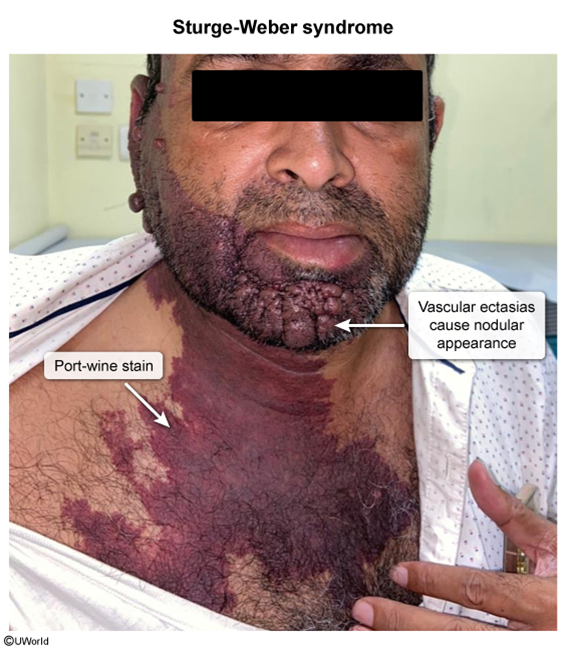Sturge-Weber Syndrome
Article Sections
Introduction
Sturge-Weber syndrome (SWS) is a congenital neurocutaneous disorder characterized by facial capillary malformation (ie, nevus flammeus, or port-wine stain) in the distribution of the first or second branches of the trigeminal nerve (Figure 1). In addition, capillary-venous malformations involving the brain and eye can lead to clinically significant neurologic and ophthalmologic findings.
Pathogenesis and risk factors
SWS occurs due to a somatic mutation in the GNAQ gene during early embryogenesis. The GNAQ gene encodes an intracellular signaling protein involved in early embryonic capillary development. Persistent embryologic vasculature causes vascular malformations in the skin, leptomeninges, and eye. Although the exact mechanism is unclear, impaired venous drainage is thought to lead to tissue ischemia and atrophy, resulting in the characteristic cutaneous, neurologic, and ophthalmologic findings in SWS.
Continue Learning with UWorld
Get the full Sturge-Weber Syndrome article plus rich visuals, real-world cases, and in-depth insights from medical experts, all available through the UWorld Medical Library.
Figures
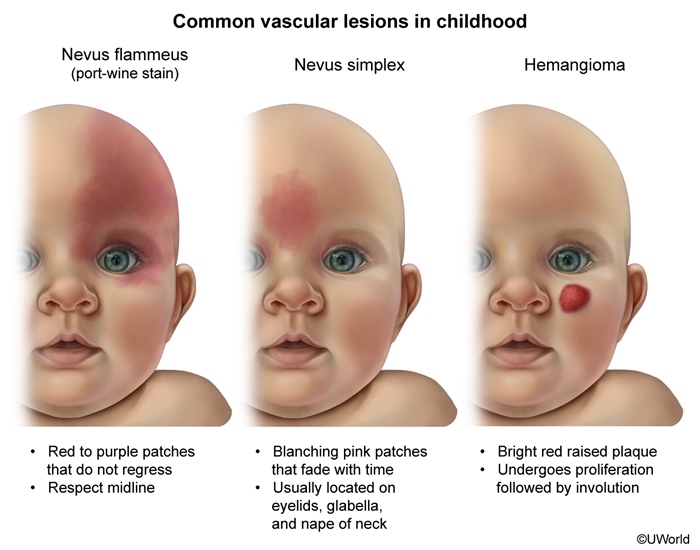
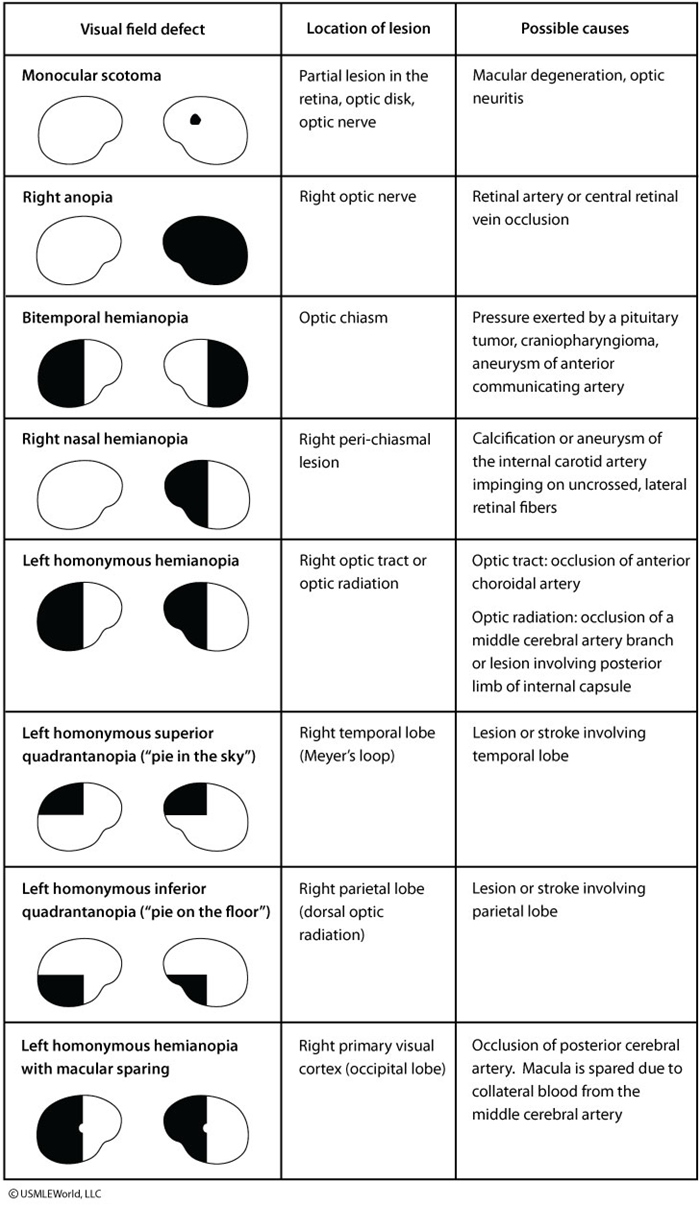
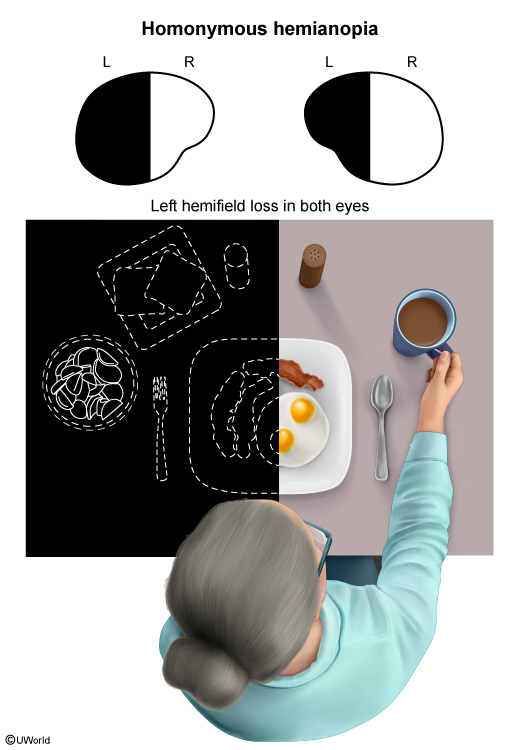
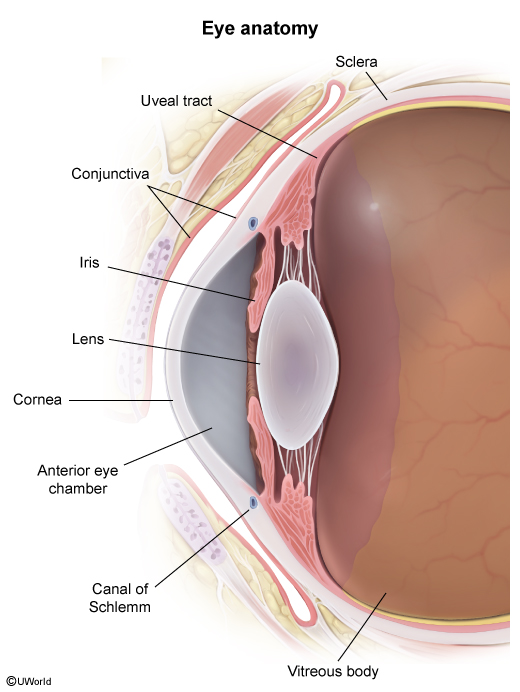
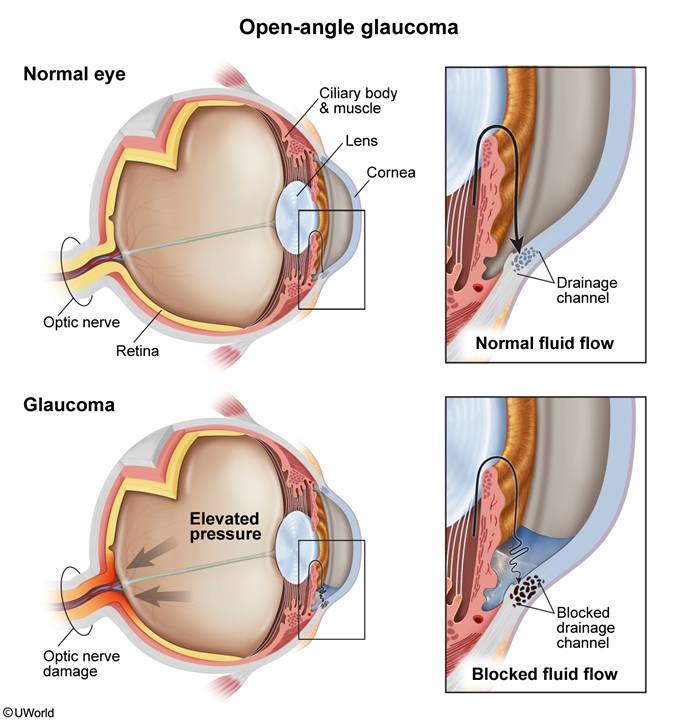
Images
